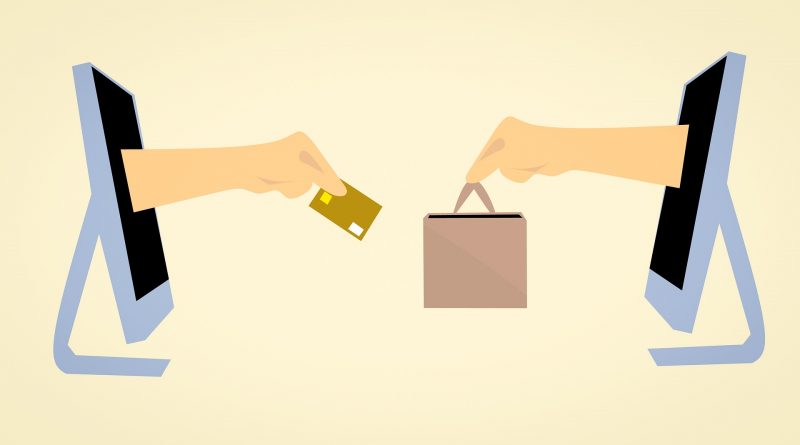Getting Good At Selling Online
The internet is an absolutely enormous marketplace which anyone can use to go shopping. Not just limited to physical products, it’s possible to download digital books and music, or even instruct and pay for a solicitor without ever meeting in person.
The size of it all can make finding things a bit tricky, which in turn means your customers might not know that you’ve got something for sale. With shopping giants like Amazon offering market space to smaller retailers, is there any point in maintaining your own site? In most cases you probably should, but it depends what you’re selling.
Selling your products with Amazon
Amazon have rather strict guidelines when it comes to writing product descriptions and uploading images, and will review whatever content you submit before it can be published.
In most cases it’s unlikely that we would be trying to sneak some nefarious content onto the internet anyway, so this can seem like a frustrating obstacle to getting out there. Setting up the account can be lengthy, but once everything is ready to go, most changes are dealt with fairly quickly.
Amazon will list your product and send an alert when you need to ship an item after a sale, or you can opt for their Fulfilled by Amazon service. This entails sending in stock to their warehouse so that they can dispatch orders on your behalf, for which they will charge processing, handling and storage fees.
This is great for brand visibility and, if you are pretty small, it can mean better exposure and faster order fulfilment without having to resource warehouse staff. The downside is that unless you are very niche, you’ll probably be listed right alongside your competitors, or risk your customer getting distracted by something completely different.
If you want to broaden your horizons, you can also use the drop ship function for overseas markets – Amazon has warehouses everywhere.
Selling your stuff on eBay
No longer just a second-hand marketplace, there are vast numbers of eBay shops nowadays. Like Amazon, it deals with the problem of having somewhere to list your stock and how to process payments.
They charge a fee on each item sold, though they do not offer logistical solutions for warehousing and shipping so whatever you sell, you will still need to decide how to fulfil orders.
Unlike Amazon, eBay is for selling physical items only, so you won’t be able to list products for digital download, such as a latest album release.
Find your customers on Etsy
This is mostly dedicated to items which have been produced on a smaller scale by artisans, rather than as a place to sell the 40,000 units of stock you’ve just ordered from AliBaba, (DelBoy).
If you want a marketplace with a more boutique shopping experience rather than commercial department store, Etsy is the one for you. Create a profile, list your products. Just like the others, it is up to you to create product descriptions compelling enough for people to want to buy.
Use your own website to sell
We’re a digital marketing agency. Our advice is almost always going to be that yes, you need a website. Service providers can use it to let customers know about services available. Those with physical or digital products to sell can use it as a brochure or catalogue.
That said, if you don’t want to actually process the sale through your own site, you can always use it to direct customers to a place where they can buy. The risk of this is that they will become distracted once they get there, and you lose your sale, although the larger reach of a shared marketplace means you can also steal customers from your competitors!




